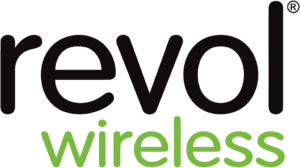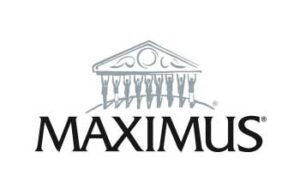It’s no secret that high rates of employee turnover result in financial losses for a company. Where does the money go? Every step of the employment process has hidden expenses, even steps like listing a job or hiring someone. However, in call centers, one cost stands out from the rest: training and onboarding new employees. In most contact centers, the total funds put towards one employee on average sit between $2,500 to $6,000. With average agent churn rates between 75% to 400% every year, businesses are seeing major losses flowing out of their call centers.
For decades, corporations accepted this loss as “the cost of doing business.” But now, as we move into an increasingly digital age, companies are no longer willing to continue wasting resources and are looking for contemporary solutions. Predictive analytics have become a standard approach towards trying to curb agent churn. But predicting who will leave only tells you which employees will cost your company. If you fail to save your at-risk employees, you fail to save any money. Here’s a look at employee attrition predictive analytics and how you can use data to save your agents.
Predictive Analytics and Employee Turnover
Recently, the Harvard Business Review featured an article on predictive analytics and employee churn. Two professors posit that they have unlocked an algorithm that predicts when an employee is going to quit. They use only two measurements in their prediction: “turnover shocks” and “job embeddedness.” The former refers to events that prompt workers to consider leaving; these can be changes in personal life or upheaval in the company. The latter looks to how invested employees are in their company and work. Embeddedness also considers personal data like education, gender, and geography.
Using these two metrics, the study assigned turnover propensity index (TPI) scores to a sample base of 500,000 employees across industries based on machine learning. The research approached attrition by looking at two indicators: receptiveness to job offers and likeliness to stay. Their findings showed that they had an algorithm that could predict the likelihood that an employee would quit. As the article concludes: “Firms with a commitment to data-driven decision making will need to make an investment in carefully collecting and analyzing the right indicators for turnover risk.”
The algorithm developed introduces nothing new into the world of predictive analytics. Models to predict the risk of worker attrition have been around for decades. Moreover, as the conclusion indicates, the algorithm cannot help companies with keeping their employees. Rather, the onus is on the company to figure out the best strategies to retain their workforce.
Prescriptive Analytics: Beyond the “Who”
Predicting which employees will most likely leave your firm can provide your company with insight. Yet, if you don’t have the tools to keep those employees, they will still leave – you just already saw it coming. So how can you channel predictive analytics into something that actually reduces the cost of attrition? Aside from knowing who will quit, you need to understand why they might churn. Knowing the “why” of an individual employee is the key to saving them. Once you know the reason, you have a path forward to intervene before they leave.
Likewise, the “why” is critical to tailoring how you intervene. An employee unhappy with their commute will stay at their job for different reasons than a worker who feels underpaid. The “why” tells you what particular incentives will increase the chances of keeping your employees.
At AnswerOn, we see the whole picture. We’ve known the value of the “why” for almost two decades. Our models predict not just who is going to quit, but why they’re going to quit. Additionally, they prescribe a tailored intervention based on the “why” of an individual employee. So, while algorithms that tell you the “who” can provide some insight, we know from experience that the “who” is only part of the picture. To retain your workers and save on the cost of attrition, you need the “why” to see the whole picture.
Article referenced:
Allen, David and Brooks Holtom. “Better Ways to Predict Who’s Going to Quit.” Harvard Business
Review. August 16, 2019.










